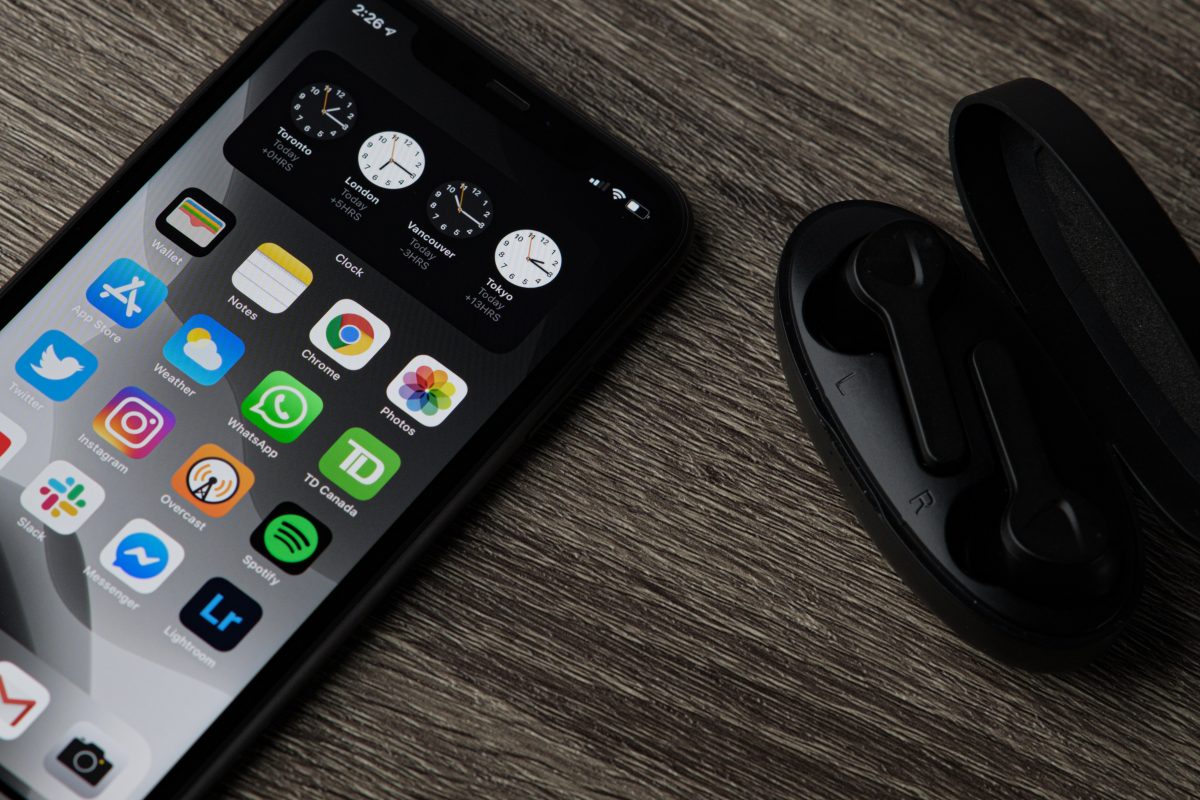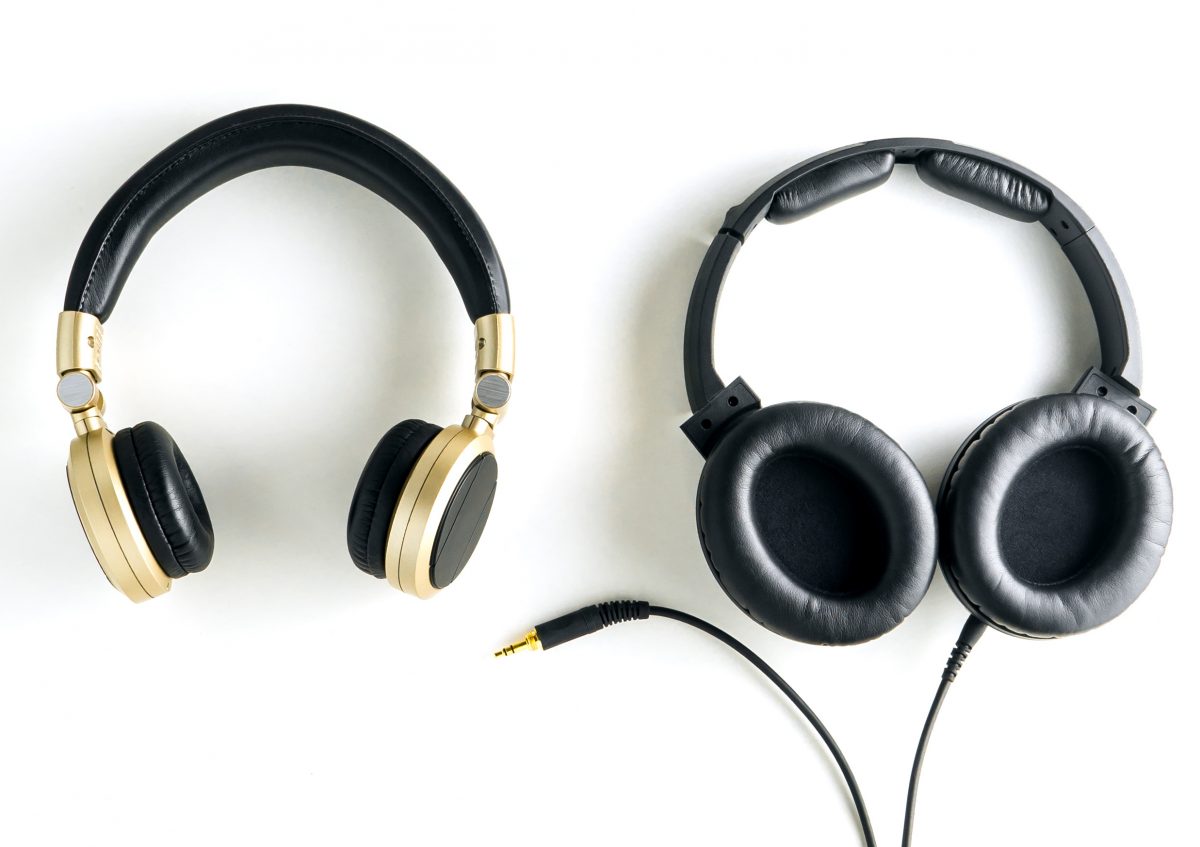Is your headphone jack not working? Got earphones but having trouble getting them to work? You can expect this kind of problem on your mobile device if you use your headphones on a daily basis. In that regard, we’re here to help you figure out the possible reasons why your headphone jack is malfunctioning. We’ll also show you different hacks on how to fix it for good.
What Is a Headphone Jack?

Put it simply, the headphone jack is the hole on mobile devices where you plug in a headset, an earphone, or a headphone. Though other manufacturers are now starting to remove this section of mobile devices, most especially on mobile phones, many still favor using headphone jacks instead of Bluetooth earphones, as they give more depth to the sound they produce. However, not all devices have an identical headphone jack as it has different types as well which serves their own purpose.
Hence, here are the types of headphone jack you will commonly see on mobile devices:
USB-C
Some major phone manufacturers are now shifting to use USB-C as a headphone jack, replacing the round jacks that we are familiar with. There’s nothing revolutionary difference between the two in terms of the audio output that they produce. But since cell phone brands are getting thinner and thinner, it is ergonomically wise to use a USB-C headphone jack instead of the traditional one that we knew.
3.5 mm Jack
The 3.5 mm jack is the universal audio jack these days. You see it in most devices such as cell phones, laptops, and handheld consoles among others. However, it’s not only the size of the jack that you should pay attention to but the tip, ring, and sleeve (TRS) as well. A TRS-type audio jack typically supports mono, balanced signals like that of stereos while TRRS can support both audio and mic.
2.5 mm Jack
The 2.5 mm jack is the smallest headphone jack you will see and the least common as well. It is normally used on landline phones, lightweight radios, and even video cameras. Though it is no longer commonly use nowadays, you will be surprised that high-end and premium headphone brands use the 2.5 mm male jack.
Top Hacks for Headphone Jack Not Working

Headphone jacks are designed to be steadfast and handle different entries for various reasons. However, there can be many factors as to why it may refuse to work. When headphone jacks malfunction, it might be because there’s a foreign element that accidentally got into that delicate hole. Even the smallest particles such as dust and droplets of water can significantly disrupt your listening experience. It might also be due to hardware problems. Headphone jacks, just like any part of a gadget, are not built to last and are also affected by natural wear and tear. Regardless of the reasons, we’re here to help you troubleshoot the problem and potentially help you fix them.
1. Check if Headphones Are Working
Make sure that your headphones are working before you take serious measures to troubleshoot. It’s possible that your headphone jack is working just fine, while your headphones are not. You can double-check by plugging your headphones into another device to see if it works. And if it doesn’t, then it only means you have broken headphones.
Every pair of wired headphones undergo daily wear and tear and will eventually lose functionality through time. If that’s the case, then you might want to consider getting an audiophile headphone to get your broken ones replaced.
2. Check if the Device Is Connected to Another Wireless Device

You might be the type of person who loves to switch between headphones and your favorite Bluetooth device. So, when you plug in your headphones, they won’t seem to work because it’s possible that your phone or tablet is still connected to a nearby Bluetooth device.
Get your headphones working again by disconnecting your wireless device, or by simply turning off Bluetooth. By doing so, you should see that your headphones are working again.
3. Restart Device
Try to check if it’s just a glitch before jumping to conclusions that your headphone jack is broken. Mobile phones and tablets occasionally experience software bugs or hiccups, and as a result, it could be the reason why some functionalities become unavailable.
But no worries! There’s a pretty straightforward measure to remedy this and that’s by simply restarting your device. You can do a hard-reset which usually solves a lot of problems. Just press and hold the power/lock button until you are prompted to Turn Off your device. Wait for about a minute, then Turn On your device again. It doesn’t take much to do this hack, but it usually works if what you’re experiencing is just a minor software bug.
4. Clean Your Headphone Jack and Headphone Plug
If you have tried the previous steps and still haven’t found any luck, then maybe you should check if your headphone jack or headphone plug needs a bit of cleaning. Often, we slip our mobile devices into many places, from pockets to bags, and it’s inevitable for the headphone jack to collect dust and dirt over time.
Hence, here are some pointers to successfully clean your headphone jack:
-
Never use anything metal
Do not use safety pins, needles, a screwdriver, or anything made of metal. Deep in your headphone jack, there are small poles that are extremely sensitive. Anything pointy and made of metal can potentially damage your headphone jack, so refrain from using such objects to avoid making matters worse.
-
Use a toothpick
Toothpicks are made of wood which makes it safer and more effective in cleaning your headphone jack. Once you find a toothpick, gently twizzle it around the inside of your headphone jack. You may repeat the process until you reach the bottom. It’s advisable to use a tissue to discard the dust and dirt from the toothpick until you no longer find any.
Imagine that the headphone plug should be touching the poles inside the jack, but having pocket lint or dust will keep them from touching. That is a possible reason why your headphones would seem to stop working. But after some nice cleaning, your headphones should be back to normal!
5. Make Sure Headphone Jack and Plug Are Compatible
Lightning EarPods and USB-C headphones aside, most headphone jacks and their plugs look exactly the same. However, it is important to note that there are different types of headphone jacks. Two of the most common are the 3.5mm and the 2.5mm headphone jacks, the more familiar one being the 3.5mm jack.
A possible reason why a pair of headphones wouldn’t work on a device is that the two are incompatible. It could be that your mobile device has the standard 3.5mm headphone jack, while the pair of headphones that you purchased only fits devices that have the 2.5mm, or vice versa. If this is your sitch, rest assured that no money is wasted because you can always buy an adapter that will enable headphone jack and plug compatibility. With the right headphone jack adapter, you can enable your headphones compatible with your mobile device.
6. Make Sure There Isn’t Any Moisture in Headphone Jack

There are numerous instances when moisture or liquid could easily seep into your headphone jack. Water and most electronics don’t go well together, especially when talking about mobile devices that have headphone jacks. And as we all know, liquids can cause damage or loss of functionality on the headphone jack.
Some people would recommend using a blow dryer to remove the moisture, but there are safer alternatives to avoid further harm to your device. One alternative is to put your phone in a closed jar or any sealable container with packets of silica gel. It is likely to have them lying around the house, as some might be in shoe boxes or empty bottles of vitamins.
If you can’t find silica gel in your home, the other alternative could be found in your kitchen. In a sealed container that has uncooked rice, let your mobile device sit nicely on top and leave it overnight. In these two methods, it would be best to leave your phone turned off as it dries. The silica gel or the rice will help absorb any moisture from the headphone jack. And by the time it gets dry, plug in your headphones to check if it’s finally working.
7. Shift to Wireless Headphones
Perhaps you’ve exhausted all means to fix your headphone jack but it still won’t work, or probably you managed to fix it but a related problem starts to persist. Then, this might be an apt time to start using Bluetooth Earphones. Wireless listening to music is the future, most especially now when mobile devices and Bluetooth earphones are both power-efficient and are built to outlast wired headphones.
No more issues untangling wires, no more worries about yanking the cord by accident, and most especially, no more troubleshooting on your headphones and headphone jack.
Takeaway
Even in modern times, there is a great divide between people who still use the headphone jack, and those who have ages ago moved on to enjoying Bluetooth headphones. Whether we like it or not, sadly we are running towards the end of an era – as most mobile devices have already dropped the headphone jack, pushing us to wireless listening.
Nonetheless, if you happen to be experiencing problems with your headphone jack, we hope that you were able to find the hacks in this article handy in troubleshooting your device.
